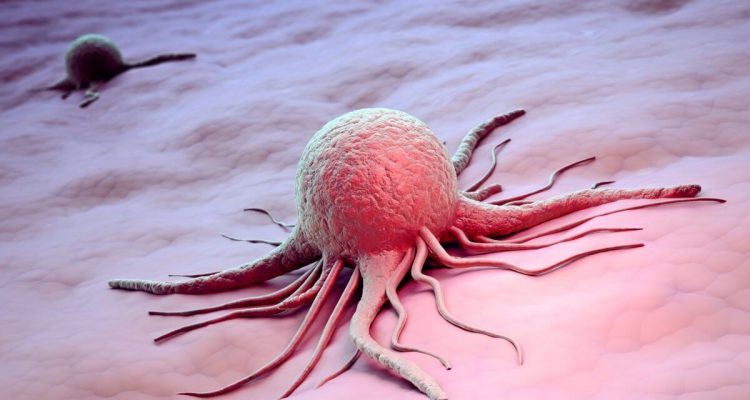
A new risk factor for common cancer in children has been identified
0
The most common cancer in children is acute lymphoblastic leukemia (CLL). This is a cancer involving white blood cells – lymphocytes. And it accounts for 25% of all cancer diagnoses. Also, CLL is one of the main causes of death from cancer in children.
Although chemotherapy has improved cure rates, cancer treatments are toxic. Survivors face an increased risk of heart disease, lung disease, neurocognitive impairment, and an increased risk of developing secondary cancers during their lifetime.
A recently completed study published in the American Journal of Human Genetics shows that children born with a genetic predisposition to produce more lymphocytes, especially compared to other types of white blood cells, are at higher risk of developing CLL. This finding could help develop risk models for newborns that could lead to early intervention strategies.
Past genetic studies have identified more than a dozen sites in the genome associated with childhood CLL. After noticing that these spots coincided with places in the genome associated with variations in blood cell characteristics, such as the number of white blood cells, the team of scientists investigated the link between the overproduction of lymphocytes and the risk of developing CLL.
Details of the work
The study showed that children who are genetically predisposed to the formation of a large number of lymphocytes have an increased risk of developing CLL by 20% or more. The work also shed light on the significance of the number of lymphocytes compared to other key blood cells.
This is the first study to look for genetic variation associated with the ratio of lymphocytes to other blood cells — monocytes, neutrophils and platelets. According to the associate professor of the Center of Genetic Epidemiology of the Medical School named after Keck at the University of Southern California, a member of the USC Norris Universal Center Adam de Smith, the problem is likely not only a genetic predisposition to produce large numbers of lymphocytes, but also how those numbers correlate with other types of blood cells.
The researchers conducted a two-stage genome-wide association study (GWAS) of blood cell traits with subsequent analysis of 2,666 CLL cases and more than 60,000 controls, drawing on data from the UK Biobank covering more than 400,000 individuals.
Primary and secondary DNA mutations leading to leukemia
Acute lymphoblastic leukemia occurs when the DNA in bone marrow cells mutates. Normally, cells grow and die at a set rate, but in CLL, genetic mutations cause bone marrow cells to keep growing and dividing. Blood cell production gets out of control, and the bone marrow produces immature cells that develop into leukemic white blood cells called lymphoblasts. These abnormal cells cannot fight infection and crowd out healthy white blood cells, red blood cells and platelets.
The disease is believed to be caused by two events. About one in twenty children are born with an initial genetic mutation known as a pre-leukemic clone. In most cases, these pre-leukemic cells never develop into leukemia. But in children who develop CLL, the second mutation is caused by biological events. The prevailing theory is that if a child's immune system fails to develop properly, secondary mutations can occur that lead to leukemia.
The researchers' theories are consistent with the prevailing “delayed infection” theory of childhood leukemia and current research. regarding the prevention of the disease. If children are not sufficiently exposed to infections and germs during childhood, their immune systems may be maladjusted. To that end, researchers are developing probiotics as well as other potential interventions to prevent secondary mutations that lead to CLL.
Scientists are set to participate in the largest study to date using newborn umbilical cord blood cells to study pre-leukemic clones in the mother's womb. Detecting the presence of these cells may also eventually be part of routine newborn screening for CLL risk and, as a result, preventive measures.









Leave a Reply